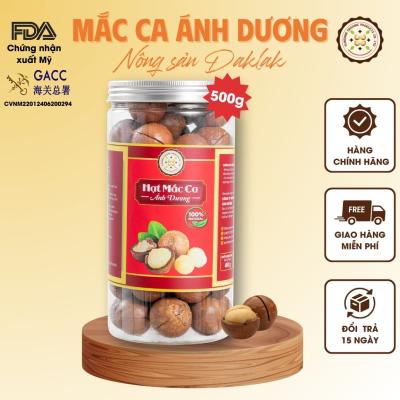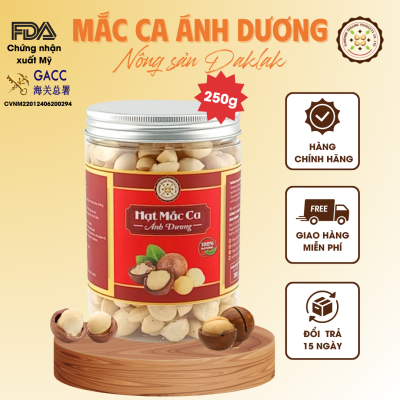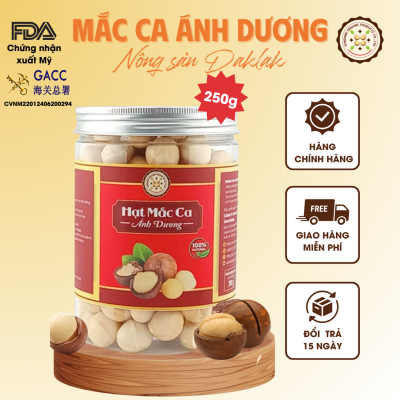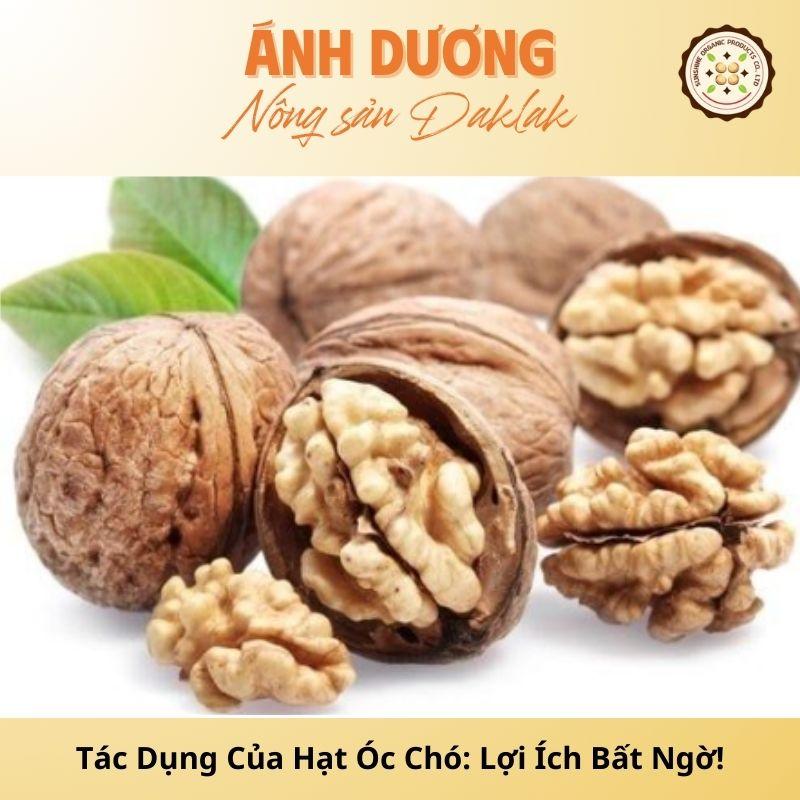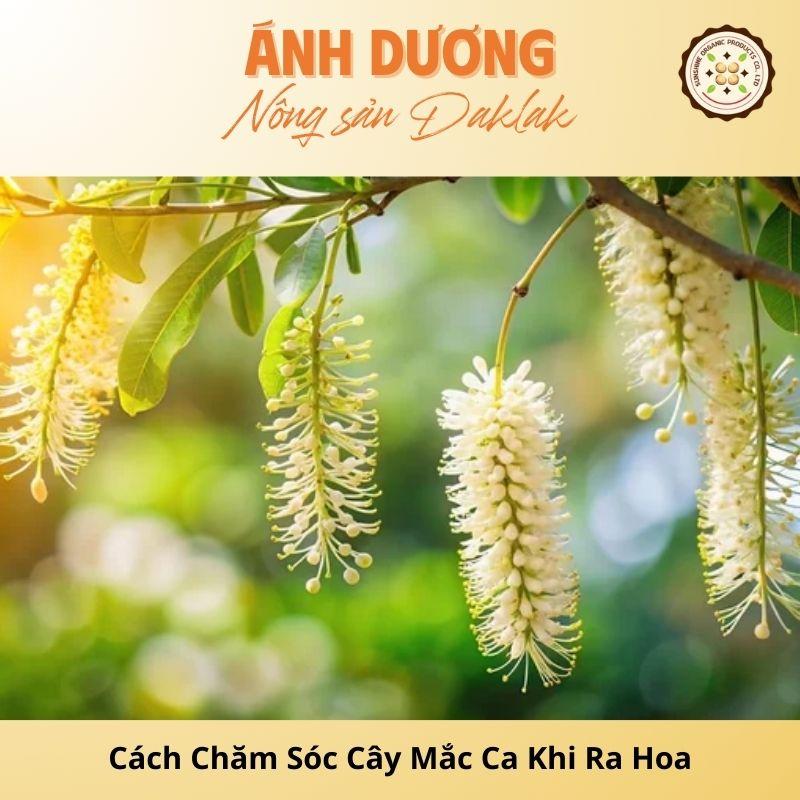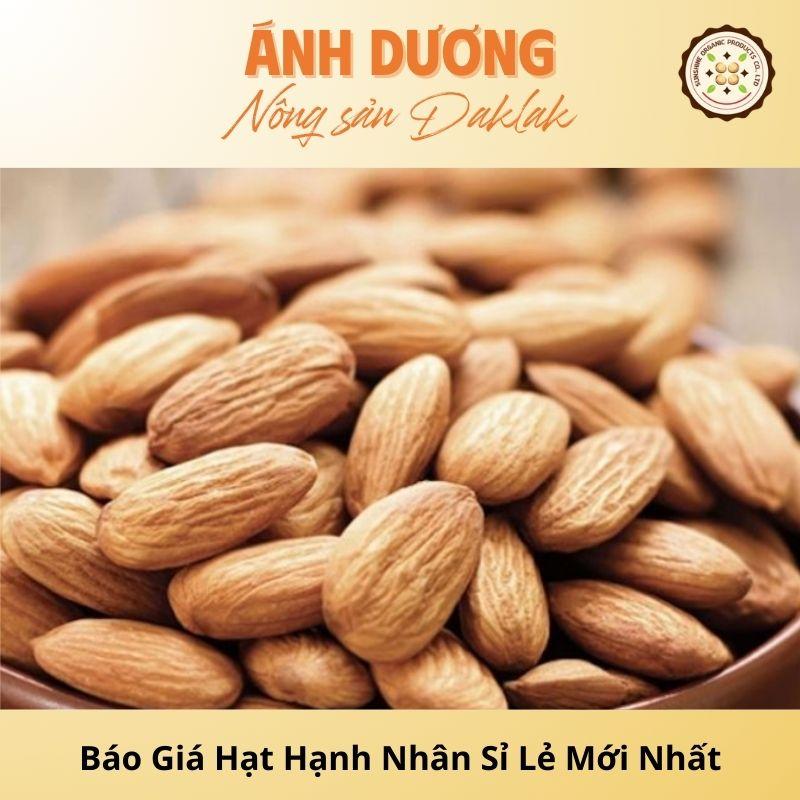Economic Effects Macadamia Trees Bring to Dak Lak Province
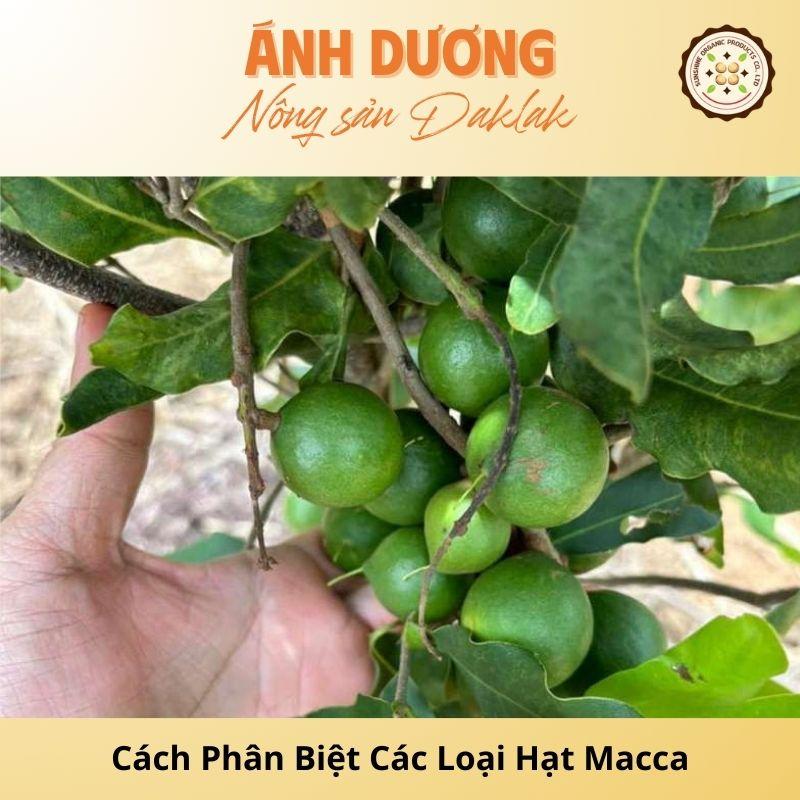
In recent years, macadamia trees have become one of the crops that receive attention and investment in development in Dak Lak. And the economic effects macadamia trees bring to Dak Lak Province is very significant. Many farmers and businesses have realized the economic potential of macadamia trees, so they have converted the area growing coffee or other crops with less economic efficiency to growing macadamia trees. In today's article, readers will join Sunshine Macadamia to visit the Dak Lak macadamia farm!
The situation of growing Macadamia trees in Dak Lak in recent years
Dak Lak is a province located in the Central Highlands of Vietnam, with an area of about 13,125 km². This is the fourth largest province in Vietnam by area. Agriculture plays a key role in Dak Lak's economy, accounting for the majority of the province's GDP and creating jobs for the majority of the population. Dak Lak is famous for key agricultural products such as coffee, pepper, rubber and now macadamia.
With obvious economic efficiency, the macadamia growing area in Dak Lak has increased significantly, from a few hundred hectares initially to thousands of hectares in recent years, concentrated mainly in districts such as Krong Nang, Ea Kar, Buon Don, and Cu M'gar.
Dak Lak not only provides macadamia nuts for the domestic market but also exports to many countries, especially demanding markets such as the US, Japan, and Europe. The export potential of Dak Lak macadamia is huge.
The process of growing diseased trees in Dak Lak
Trial phase
Macadamia trees began to be experimentally planted in Dak Lak around the early 2000s. Initially, the planting area was limited to only a few hectares in districts such as Krong Nang and Cu M'gar.
Macadamia varieties are selected from countries such as Australia and Hawaii, famous for their quality and high yield. These seedlings were tested on different soil and climatic conditions in the province. Some experimental planting areas have shown that macadamia trees grow well and adapt to the climate and soil of Dak Lak. However, yield and grain quality are not stable. The reason is because:
Lack of experience and proper farming techniques has caused many problems such as pests and diseases, plants not producing fruit or producing little fruit.
Lack of information and detailed instructions on how to grow and care for macadamia nuts makes it difficult for farmers in the early stages.
Scale expansion
From 2010 onwards, after receiving positive results from the testing phase, the macadamia planting area began to expand rapidly. By 2020, the macadamia growing area in Dak Lak has increased to thousands of hectares, covering districts such as Krong Nang, Ea Kar, Buon Don, and Cu M'gar. Many farmers have converted the area growing coffee and other crops to growing macadamia trees due to realizing high economic efficiency and potential consumption markets.
In addition, the Dak Lak provincial government as well as the Vietnam Macadamia Association have many policies to support macadamia farmers, from providing quality seeds to organizing training courses on farming techniques. , care and harvest. And up to now, macadamia trees in Dak Lak have been growing strongly, opening up new economic opportunities and actively contributing to the development of the province.
Economic efficiency from growing macadamia trees in Dak Lak
Income from macadamia products
Macadamia trees in Dak Lak have an average yield of 1.5 to 2 tons of dry nuts per hectare per year. For long-term and well-maintained gardens, productivity can reach 3 tons/ha. With the growing area increasingly expanding, Dak Lak's annual macadamia output has increased significantly, reaching thousands of tons per year, making a major contribution to the domestic supply of macadamia nuts.
The selling price of macadamia nuts ranges from 200,000 to 300,000 VND/kg. With average productivity, income from growing macadamia can reach from 300 million to 600 million VND per hectare per year, much higher than traditional crops such as coffee or pepper.
Create jobs and improve farmers' lives
Macadamia nuts from Dak Lak are not only consumed domestically but also exported to international markets such as the US, Japan, Korea and Europe. The demand for macadamia is increasing, opening up many job opportunities for local people, from planting, tending, harvesting to processing and packaging products.
Thanks to the high productivity and great economic value of macadamia trees, the income of macadamia farmers has improved significantly, ensuring a more stable and comfortable life. Especially solving the problem of unemployment in rural areas
Local economic development
Macadamia trees have been making an important contribution to Dak Lak's GDP, enhancing the economic value of the province's agricultural sector. It can be said that the development of macadamia helps Dak Lak diversify its income sources and reduce dependence on traditional crops.
In addition, the development of macadamia gardens also contributes to attracting tourists, especially international tourists who want to learn about the macadamia growing and production process, contributing to the development of the ecotourism industry. in Dak Lak.
Effective models of growing macadamia trees in Dak Lak
In general, macadamia trees not only bring high economic efficiency but also contribute to improving the lives of farmers and developing the local economy in Dak Lak. Currently, there are many effective macadamia planting models applied by farmers to increase productivity and significantly improve product quality to bring Vietnamese macadamia nuts to the international market.
Macadamia planting models can include:
Model of intercropping macadamia with coffee
Concentrated macadamia monoculture growing model
Organic macadamia growing model
Macadamia farm model combined with eco-tourism
Macadamia growing model combined with livestock farming
Macadamia growing cooperative model
Challenges of macadamia trees in Dak Lak and solutions
Challenge
Macadamia trees are susceptible to attacks by a number of pests and harmful insects such as stink bugs, molds, and mealybugs. These problems not only reduce productivity but also affect the quality of macadamia nuts.
Besides, Dak Lak often faces natural disasters such as heavy rain, floods, and droughts. These conditions make it difficult for macadamia trees to grow, especially during the flowering and fruiting stages.
Solution
Macadamia trees are considered a potential tree to bring new life to the people of Dak Lak in particular and Vietnam in general. Therefore, improving farming techniques as well as strengthening monitoring and checking crop conditions periodically to detect and promptly treat pests and diseases is essential.
With the economic effects macadamia trees bring to Dak Lak Province and the great development potential, investing in the macadamia industry in Dak Lak is a correct and necessary direction. The government, agricultural organizations and investors need to pay attention and strongly support so that the macadamia industry can develop sustainably, contributing to the common prosperity of Dak Lak and Vietnam.
 中文 (中国)
中文 (中国)




